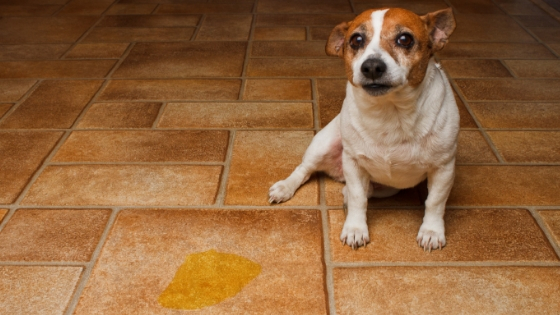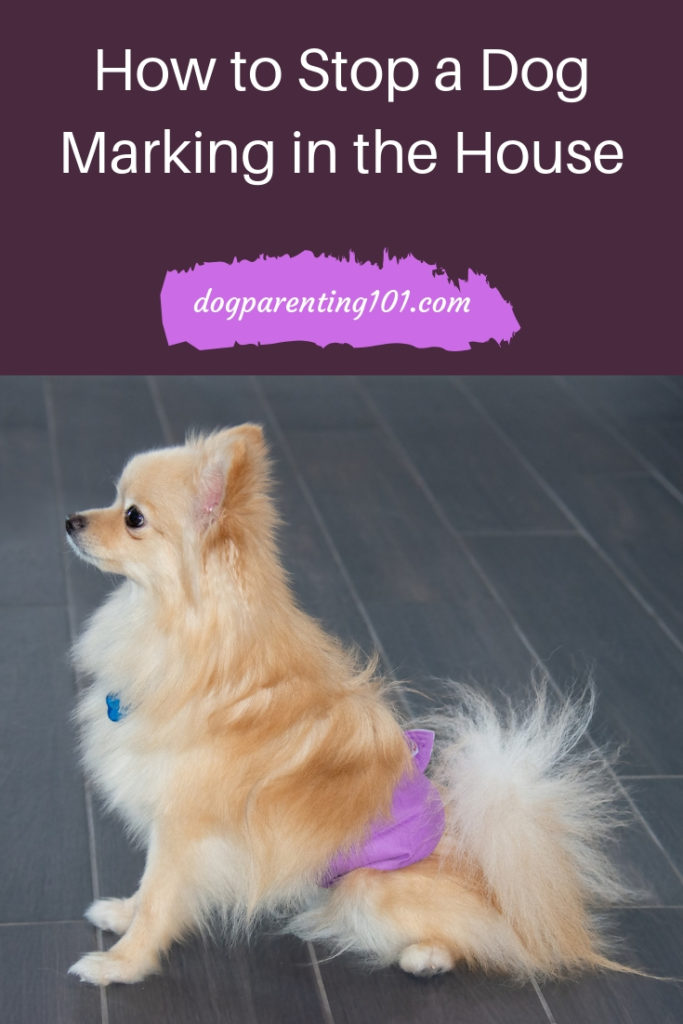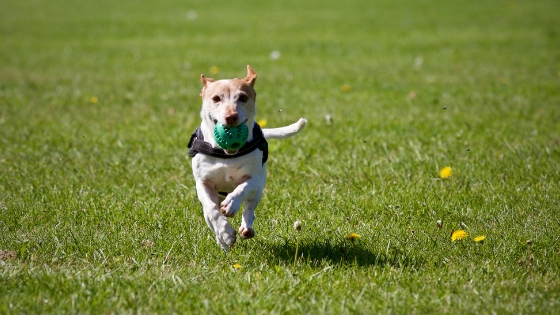
In this post we’re going to be talking about how to stop a dog marking in the house. Before I go any further it’s important for me to clarify one major point –there is a difference between a dog marking in the house and a dog peeing in the house.
Peeing or marking?
Puddles in the house will typically signal peeing, while urine marking is done in small amounts, usually to an upright surface, although horizontal surfaces work well too!! If you’ve determined it’s peeing, the question now becomes why?
Reasons why your dog is peeing in the house
Not getting enough walks or opportunities to go out
You may want to re-visit your dog walking schedule, and make sure everyone responsible for taking the dog out is, in fact, taking the dog out.
Drinking a lot of water
It may be as simple as your dog feeling the heat and drinking a lot
He may not have access to a water bowl wherever he ends up settling, can’t be bothered to find one so drinks a lot when he finally does find a water source.
If you have an old dog, increased drinking may be due to a change in medication, kidney disease, diabetes or dementia to name just a few reasons. If this is the case please see your vet as soon as possible.

What is dog marking NOT?
It is not a house training issue, your dog seeking revenge or being spiteful for something you’ve done.
Why dogs urine mark in the house
It is usually a sign of anxiety or stress or claiming ownership. Some of the situations that can cause a dog to mark include –
- a new baby
- an unfamiliar face
- another pet
- new things in the house
- moving house
- being adopted
- sign of illness or medical problem in an old dog
- may see a dog outside and feel the need to mark his territory
- suffering from separation anxiety
- lacks confidence
- reaction to unfixed animals in the house
- staking his claim to items or territory he thinks belong to him
Do all dogs do it?
No, they don’t.
It seems fixing a dog when they’re fairly young makes it less likely they’ll mark. Unfixed males are bigger culprits than fixed ones, and small breeds more than larger ones. Females have also been known to mark, but it’s far less common.
Please do not…
Yell or hit your dog, it is never an answer to any issue.
If you come home and find he’s been busy, just clean it up. There’s nothing to say after the fact.
How to stop a dog marking in the house
Check-up time. The first thing you should always do when you notice a change in your dog’s behaviour, especially if you live with a senior dog, is to take him to the vet for a check-up. You want to rule out medical issues first.
Neuter your dog. Although it’s not a guarantee, it’s a great start and should be done anyway! Here’s my opportunity to lecture about the importance of spaying and neutering in order to prevent unwanted litters. Before you start to allow your animals to breed for profit, walk into any animal shelter and see them overflowing with abandoned animals. Okay I’m off my soapbox!
Keep objects out of reach. If he likes to mark visitors’ belongings, new items you’ve just bought or whatever you notice he tends to like doing it on, keep that/them out of reach.
Catch him in the act. You have the best chance of your dog learning that it’s not okay if you catch him in the act. When we first adopted Jack he started marking, something I had never experienced before, and quite frankly wasn’t very fond of! After catching him a few times and saying “no” like I meant it (and I most certainly did!), he stopped.
I do know he’s likely to do it in someone’s house if I’m not watching so I keep my eye on him when we’re visiting. I believe he’s marking his territory and seems to think a lot of things belong to him.
Change your route. Why not take him to explore different areas on your walks, giving him lots of opportunity to mark plenty of new objects.
Introduce the newcomer. If your dog is letting you know he’s anxious or stressed about the new face in the house, introduce them and let them get to know each other. Treats or toys are great ice breakers. If your dog has his own spot, keep the newbie out of there until they’re on good terms and even then he may not be welcomed. Keep them separated if you have to when no one is around, just until they’re getting along.
Watch for signs and make some noise. Look for signs he’s about to lift his leg – he could be showing a bit too much interest in an item or area, or sniffing in one spot, then say “no” in a firm voice, clap your hands, stamp your foot…whatever works. No need to scream, you don’t want to scare him you just want to distract him.

Physical exercise and mental stimulation. Boredom can quickly make marking behaviour worse, so make sure your dog gets plenty of exercise (swimming, walking, hiking, agility, indoor dog park…according to his mobility level) and mental stimulation in the form of puzzle toys and games.
Praise. When your dog pees/marks outside, praise him, a lot, and give him treats or toys (whatever motivates him). You want him to learn rewards are high for doing the “right” thing.
What’s your dog’s marking behaviour? For example, does he pee on his bed or your other dog’s bed if left alone too long? Pick the bed up off the floor next time you go out, and see if that makes a difference. Jack was never keen on my heart dog Red. He didn’t bother her but I do believe he was jealous of her so at one point he started to mark her bed. I stopped that behaviour very quickly and all it took was picking her bed up off the floor when I went out.
Clean. Any area your dog peed in must be thoroughly cleaned and odours eliminated. Masking them isn’t enough, because your dog can still smell them.
Separation anxiety. Dogs that suffer from separation anxiety may pee from anxiety or lack of confidence. See my article on treating separation anxiety for tips that may help.
Make him feel safe. You need to train him, create structure and routine. This goes a long way to reducing anxiety.
Belly band. As the name suggests it is a band of fabric that wraps around your dog’s belly and absorbs urine.
Confinement. Some dogs may never be trusted, and since it’s impossible to watch him 24 hours a day, your best bet may be to limit his free run access of the house. Confining him to smaller areas with baby gates and barricades when no one is around is a good solution.
If he marks in my house, will he mark in every house?
It is entirely possible, especially if they also have pets. Either leave him at home so you can relax and have fun or, if you really want to bring him, keep him on a leash so you can monitor him.
How to stop a dog marking in the house – conclusion
If you have a dog that urine marks, believe me I know how you feel! I do hope you found the information helpful, and I would be very interested to hear how things are going.
Is there a specific item your dog marks? Can you recognise the signs before he does it? Have you been able to stop this behaviour and if yes, what’s your secret? Sharing helps others so please leave a comment below.
**There is an affiliate link in this post, so if you buy something I may receive a commission. This has no effect on the price for you.**


